Not Just Another (Wall) Lizard
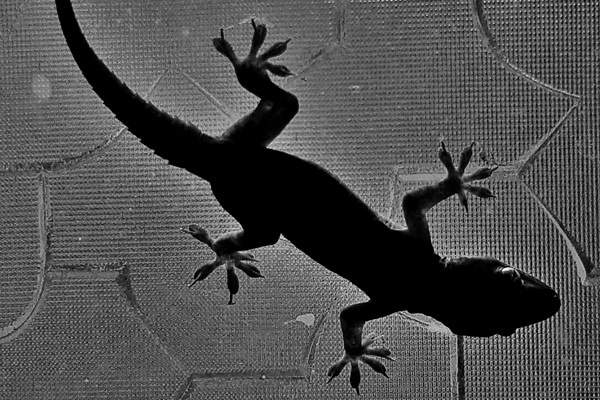
I like lizards – no surprise there. In fact, the majority of my family is made up of lizards. But my love for lizards doesn’t stop there. Along with my lizard family members, I decorate my world with decorative lizards. Let’s take a little tour of my abode and let me introduce you to all […]
Do You Slather or Smear?
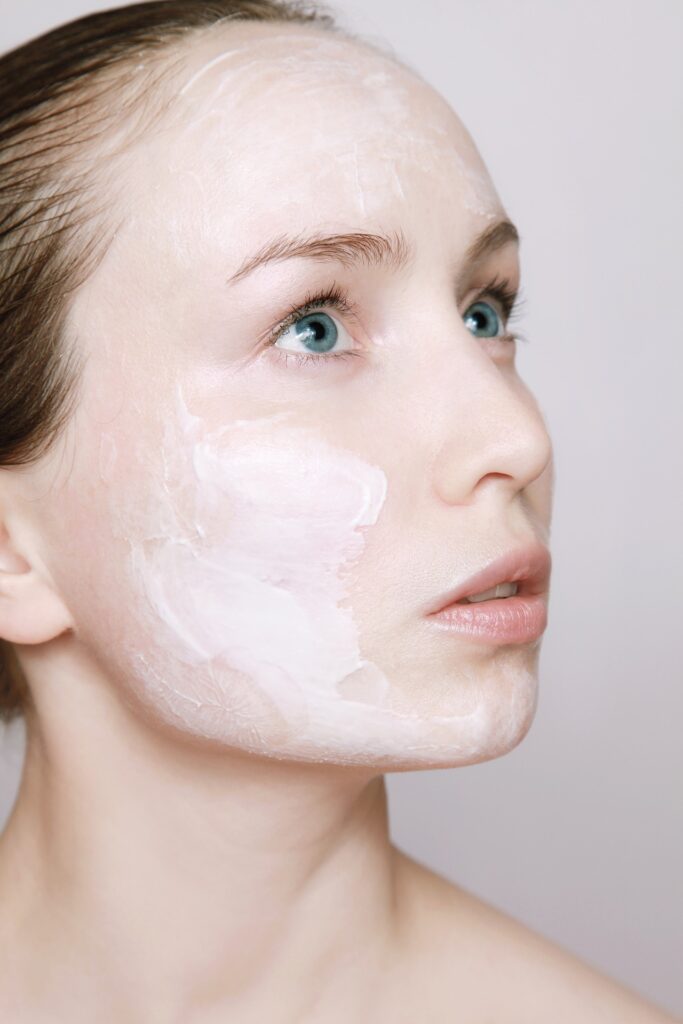
The English language has a lot of really great words. As a writer, I enjoy exploring them. This time of year in the Sonoran Desert, we increase the amount of sunscreen we put on our bodies. As the intensity of the sun increases with the warmer seasons, more sunscreen is definitely needed. I put a […]
Happy Birthday, Exuma!
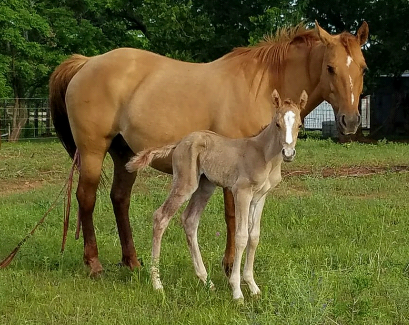
Since my mare, Button, is approaching retirement from being a saddle horse, I decided to get a younger horse to take over her work. That is how Exuma, a Quarter Horse gelding, came into my life. Exuma was born on April 28, 2017. Today is his fourth birthday! Above photo courtesy of D. Iman He […]
Tomorrow is Earth Day!
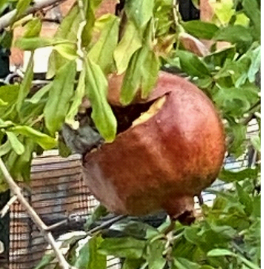
What are you doing tomorrow to celebrate Earth Day? April 22, 2021 is National Earth Day, which, as you probably know, is an annual event to support environmental protection. The goals are to educate people about protecting the world and to learn more about local and global environments. It is a day to realize that […]
Writing and Riding Fill My Days
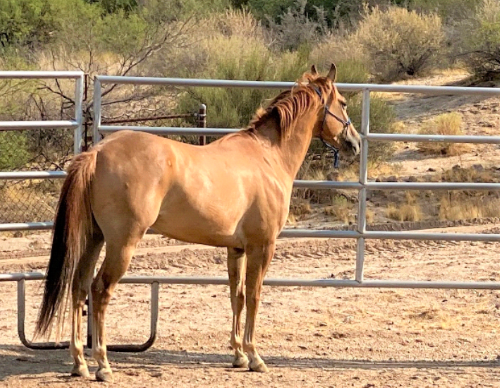
With the pandemic, I’ve been dividing my time mostly between two activities: riding and writing. I’m either at the stables with my two horses or at home writing, surrounded by my reptiles. It’s working out well since I’m getting fresh air and exercise with Button and Exuma, which stimulates my health and well-being for the […]
Singing While Wearing a Mask? I Can Now!

I have a music degree along with my science degrees. I’ve enjoyed singing and performing on stage throughout my life. People on stage or in concerts are often told to sing out, project to the audience. Singers are extolled for singing to the last row or to the balcony, so that everyone can hear them. […]
Horse Care, Sirens, and a Desert Singalong
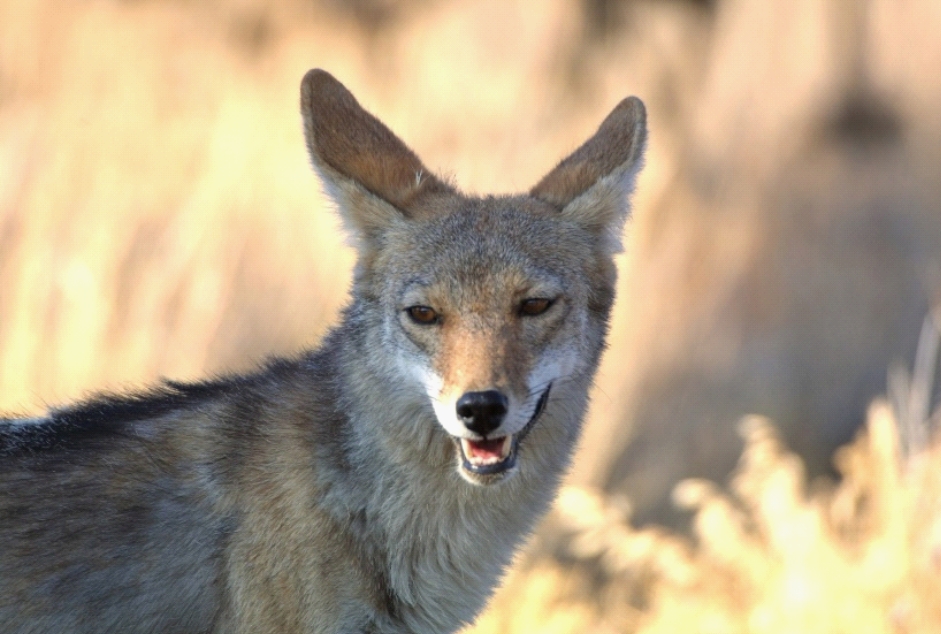
One afternoon about 3:00 p.m., I heard sirens on a nearby main road. The sirens went on for quite a while and included several pitches. The vehicles probably included those from the police and fire departments, and perhaps an ambulance. I listened as I brushed my horse, Button. She turned to listen to the noise, […]
You Know You’re From Arizona When…
What Would You Write?
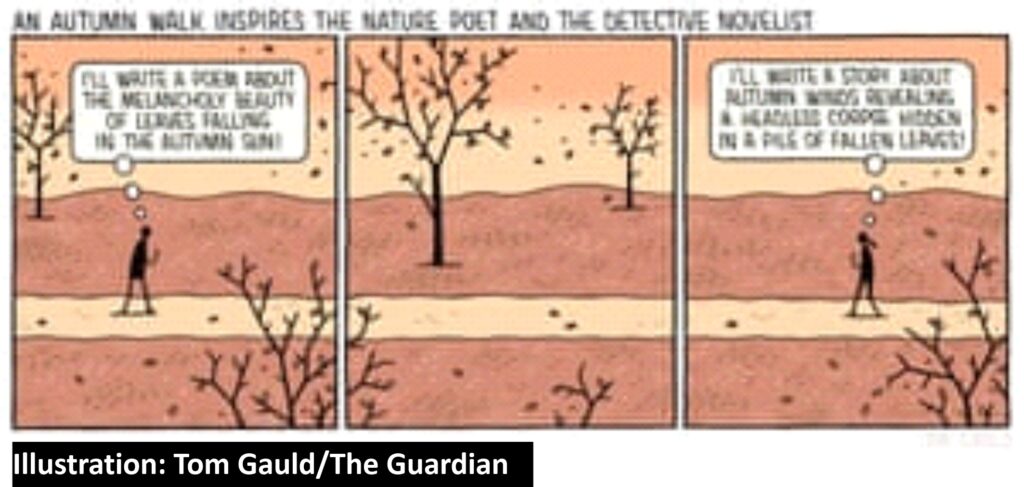
A friend sent me Tom Gauld’s cartoon about an autumn walk’s inspiration. The poet thinks, “I’ll write a poem about the melancholy beauty of leaves falling in the autumn sun.” The detective novelist thinks, “I’ll write a story about the autumn winds revealing a headless corpse hidden in a pile of leaves.” I’m a member […]
Desert vs. Island Temps by Curtis Curly-tail Lizard
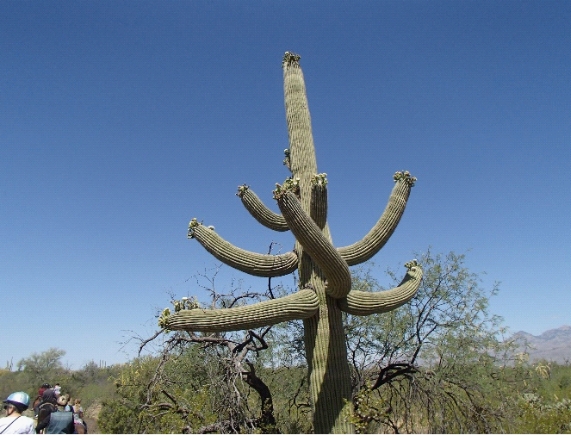
Since I’ve been staying in my den more, I’ve been tuning in to old TV shows. I enjoy the old Westerns set in the US Desert Southwest—maybe because that’s where my good friend and author, Elaine A. Powers, lives! The dry climate there is so different from my humid island weather. Where I live in […]
